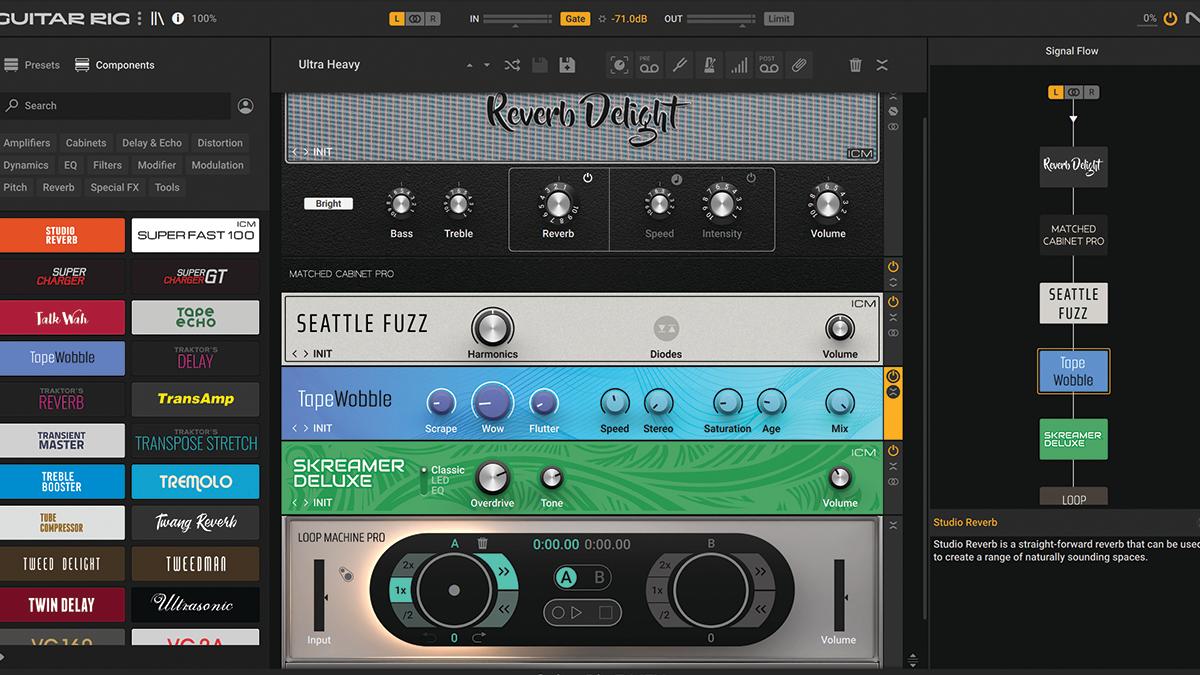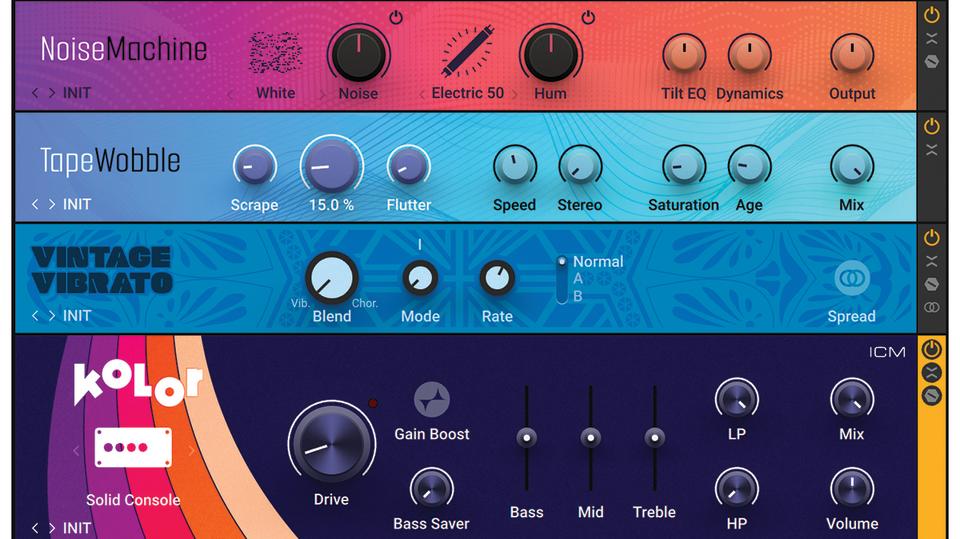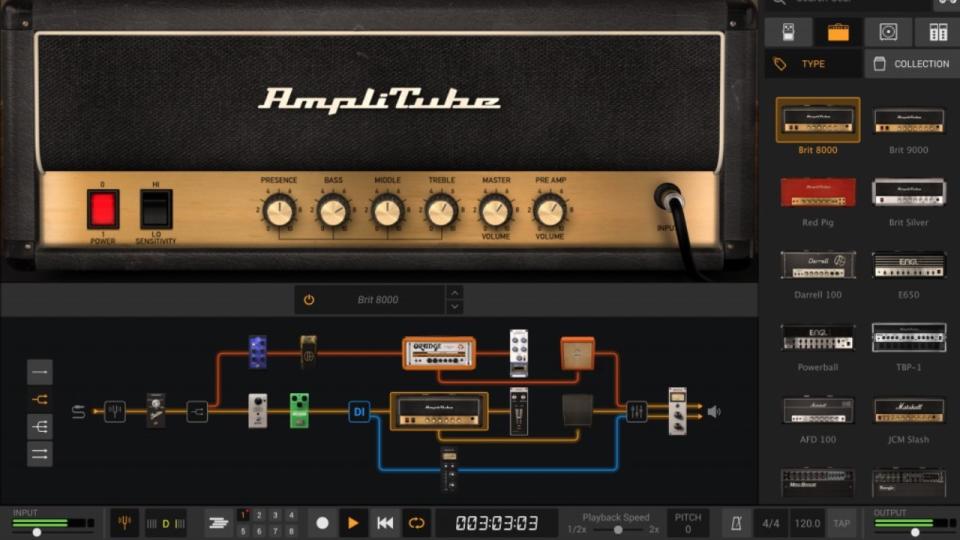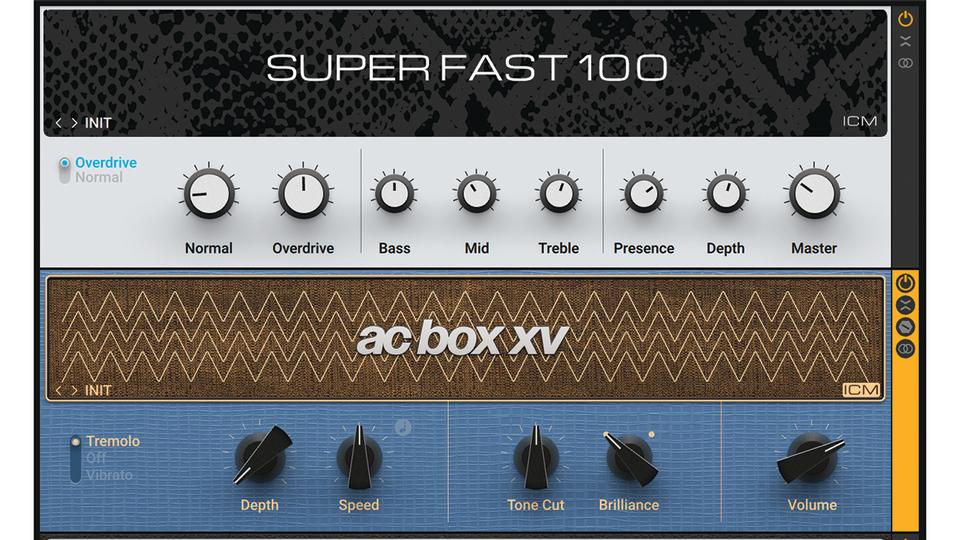“The ultimate sound design tool”: Native Instruments Guitar Rig Pro 7 review

Native Instruments Guitar Rig Pro 7: What is it?
Can it really be true that it’s nearly 20 years since the very first Guitar Rig from Native Instruments? This guitar amp and effect pedal modelling software is one of NI’s most successful releases, thanks largely to its incredible sound and ease of use. It now appeals to an audience way beyond its initial target of electric guitar and bass players. Indeed, such is the girth of what it offers across the board effects-wise, it has become one of the best sound design tools out there. But nearly two decades on, can there really be anything more worth adding to this mightiest of effects racks?
Guitar Rig Pro was steadily updated with amps and effects up to version 5, but there was an almost decade gap between that and v6 which introduced NI’s Intelligent Circuit Modeling (ICM), with machine learning homing in on the exact sound of the original hardware being modelled – see below for more detail on the technology.
Guitar Rig Pro 7 features four new amp models (making 26 in total) with matching cabs, all modelled using ICM. There are 100 new presets – always one of the strongest features of Guitar Rig – plus a new Impulse Response loader. Here you can load in any IRs from complete amplifier setups including cabinet, mic placement, the room impact and other effects. The library includes IRs from 3 Sigma Audio, Bogren Digital, and Lancaster Audio.
Also added is a new suite of lo-fi effects – another side of Guitar Rig that was already strong – and a looper, Loop Machine Pro, with which you can get all Ed Sheeran should you wish.
Finally on the big updates are a set of five new pedals that also utilise that ICM modelling technology.

Native Instruments Guitar Rig Pro 7: Performance and verdict
So how do all these extras sound? To the new amps first and you get Superfast 100, a high-gain tube-amp based on a Soldano with a classic rock lead sound.
Also consider...

• IK Multimedia AmpliTube 5
Around 400 bits of guitar gear modelled in one mighty package. Pricey but often on sale.
• Softube Amp Room
A selection of four different suites of vintage gear emulations for different purposes.
The Reverb Delight is exactly that, a lovely Fender Deluxe emulation with a beautiful and often subtle bluesy sound. Bass Rage delivers a big Ampeg style boost to your low end and is crisp and well defined, and finally AC Box XV is attempting to be a Vox AC emulator – again it’s very clean but perhaps a little understated.
The five new ICM effect pedals are fabulous additions. They include Seattle Fuzz, which has to be the simplest effect plugin ever: just dial in your harmonic grunge, set the volume and you are away. Kolor offers everything from subtle saturation to full-on drive using a couple of iZotope algorithms among others. Then we go from sonic Nirvana to Swedish death metal by way of Chainsaw, a great, thrashy and again very simple effect. Skreamer Deluxe is the new Ibanez Tube Screamer style effect that fattens up the original Guitar Rig Skreamer.
The lo-fi additions are very welcome too. Noise Machine and Tape Wobble both do what they say on the tin, delivering some old-school mechanical tape machine noise into your too clean digital surroundings. Finally, Vintage Vibrato adds even more wobble and chorus.

What is Intelligent Circuit Modelling?
Not surprisingly the tech behind ICM is based on machine learning. AI is, of course, the big buzz in music technology, but NI’s dabbling in it extends way back to 2017 and the DIRT stompbox.
The level of modelling goes right down to circuit component detail within the hardware that NI is attempting to model, but because hardware contains so many variations – one analogue amp can sound completely different from another of the same make – the modelling is incredibly complex.
When modelling a piece of gear, the measurements of all possible variations are made – called States – and these are fed into a custom artificial neural network. The team know what the output variances should be so the network comes up with an algorithm that creates these via the States. The machine learning helps to constantly refine the results, checking thousands of combinations to arrive at the perfect model. The result? Software that creates the foibles of hardware.
Riff raff
Guitar Rig is obviously no longer the only kid on the guitar effect modelling block and arguably some other modellers do the job more dramatically – if you’ve ever seen or heard Kemper’s Profiler in action, you’ll know what we mean. However, you don’t get this amount of processing per pound anywhere else and it’s hard to argue with the numbers. And the ease of use, either using it standalone or within your DAW, plus the amazing presets make Guitar Rig Pro 7 the ultimate sound design tool, and one that is not just for guitarists. V7 might not be an essential update, but Guitar Rig is still a very compelling package overall.
MusicRadar verdict: Guitar Rig is the ultimate effects plugin with many iconic emulations built-in and the ideal suite of effects for both guitar players and sound designers alike.
Native Instruments Guitar Rig Pro 7: The web says
"Guitar Rig 7 Pro will definitely become our amp and pedal emulation software of choice for production."
MusicTech
Native Instruments Guitar Rig Pro 7: Hands-on demos
Native Instruments
Kfir Ochaion
Sweetwater
Native Instruments Guitar Rig Pro 7: Specifications
Intel Macs (i5 or higher), macOS 11, 12 or 13 (latest update). Apple Silicon Macs (via Rosetta 2 & natively on ARM in Standalone or in hosts that support it): macOS 11, 12 or 13 (latest update).
Windows 10 or 11 (latest Service Pack), Intel Core i5 or equivalent CPU, 4 GB RAM
Plugin formats: Windows (64-bit only): Standalone, VST3, AAX. macOS (64-bit only): Standalone, VST3, AU, AAX.
CONTACT: Native Instruments

